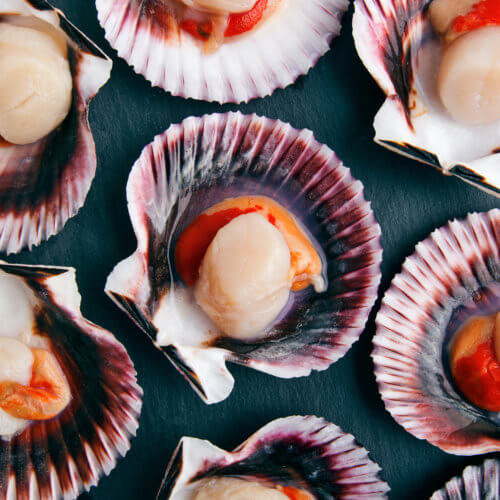This pear-like fruit is native to South-West Asia, Turkey and Iran. It is said that in Ancient Greece brides would nibble on a quince before the nuptial kiss to avoid any unpleasant surprises. Various parts of this fruit are used around the world for medicinal purposes, in treating ulcers, throat ache and even indigestion.
They are not readily available in the supermarkets, but a local market should do the trick. Look for firm, yellow fruit without brown spots.
When cooking with them, it does make them easier to handle if you peel them, as the skin is quite tough. Don’t be alarmed, they should be quite firm, so take care chopping them up. Like with avocado or Jerusalem artichoke, the flesh oxidises quickly and so I would recommend keeping them in acidulated water (water with a squeeze of lemon). Raw quince might not be harmful, but is hard to chew and very acidic – this changes with cooking. Try stewing peeled and chopped quince with grapes and honey and serving hot with natural yoghurt. You can also add them to a lamb tagine for an intensely rich sauce. They also make a sweet chutney to go with pork or game (add a few sage leaves for a really earthy flavour). If you have a few left over at home, make a jam or a savoury puree to preserve them. Simply pour into containers and freeze for later in the year. They are only in season from October to December, so make the most of them.

